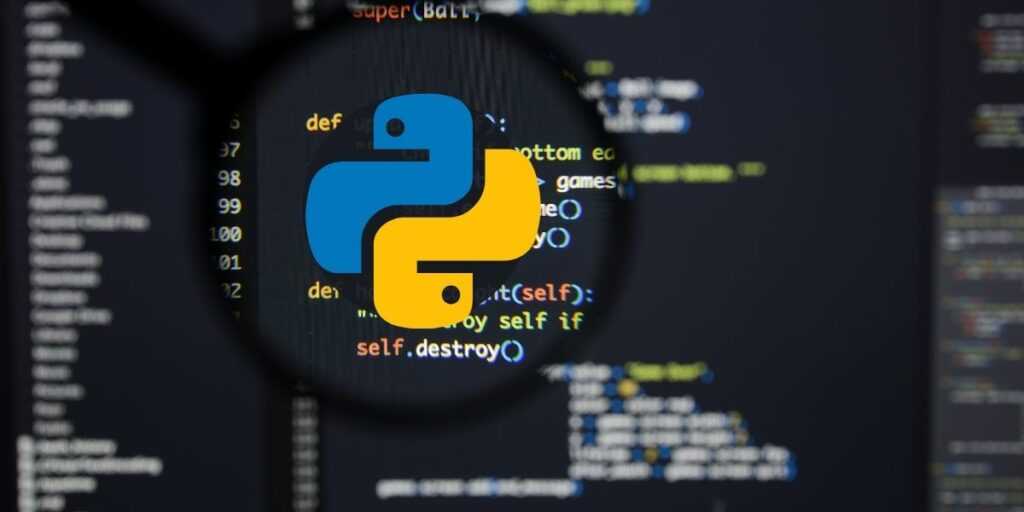
Beginner’s Project on Binary Classification in Python – Sonar Dataset
Binary Classification is a type of machine learning problem where the goal is to classify instances into one of two classes. The Sonar Dataset is a popular dataset for binary classification problems, which is used to distinguish between metal cylinders and rocks from a sonar return signal.
The Sonar dataset includes 208 observations, each of which has 60 input features and one binary output variable (R or M). The input features represent different characteristics of the sonar return signal, such as the frequency and the time of the echoes. The output variable indicates whether the observation represents a rock or a metal cylinder.
There are several algorithms that can be used for binary classification in Python, such as logistic regression, decision trees, and support vector machines (SVMs). These algorithms can be implemented using libraries such as scikit-learn.
When working with the Sonar dataset, it’s important to preprocess the data by normalizing the input features. This can help to avoid numerical instability and improve the performance of the classifier.
Once the data is ready, the next step is to split the data into training and testing sets. The training set is used to train the classifier, and the testing set is used to evaluate its performance.
After that, the classifier can be trained using the training set and the chosen algorithm. Once the classifier is trained, it can be used to make predictions on the testing set. This will give an estimate of the classifier’s performance on unseen data.
Finally, the model can be improved by trying different algorithms, tuning the hyperparameters, or by using techniques like cross-validation.
In summary, Binary Classification is a type of machine learning problem where the goal is to classify instances into one of two classes. The Sonar dataset is a popular dataset for binary classification problems, which is used to distinguish between metal cylinders and rocks from a sonar return signal. There are several algorithms that can be used for binary classification in Python, such as logistic regression, decision trees, and support vector machines (SVMs). When working with the Sonar dataset, it’s important to preprocess the data by normalizing the input features. Once the data is ready, the next step is to split the data into training and testing sets. After that, the classifier can be trained using the training set and the chosen algorithm. Once the classifier is trained, it can be used to make predictions on the testing set. Finally, the model can be improved by trying different algorithms, tuning the hyperparameters, or by using techniques like cross-validation.
In this Applied Machine Learning & Data Science Recipe (Jupyter Notebook), the reader will find the practical use of applied machine learning and data science in Python programming: how to do an end-to-end Beginner’s Project on Binary Classification in Python.
Essential Gigs
For only $50, Nilimesh will develop time series forecasting model for you using python or r. | Note: please contact me…www.fiverr.com
For only $50, Nilimesh will do your data analytics and econometrics projects in python. | Note: please contact me…www.fiverr.com
For only $50, Nilimesh will do your machine learning and data science projects in python. | Note: please contact me…www.fiverr.com
For only $50, Nilimesh will do your gis and spatial programming projects in python. | Note: please contact me before…www.fiverr.com